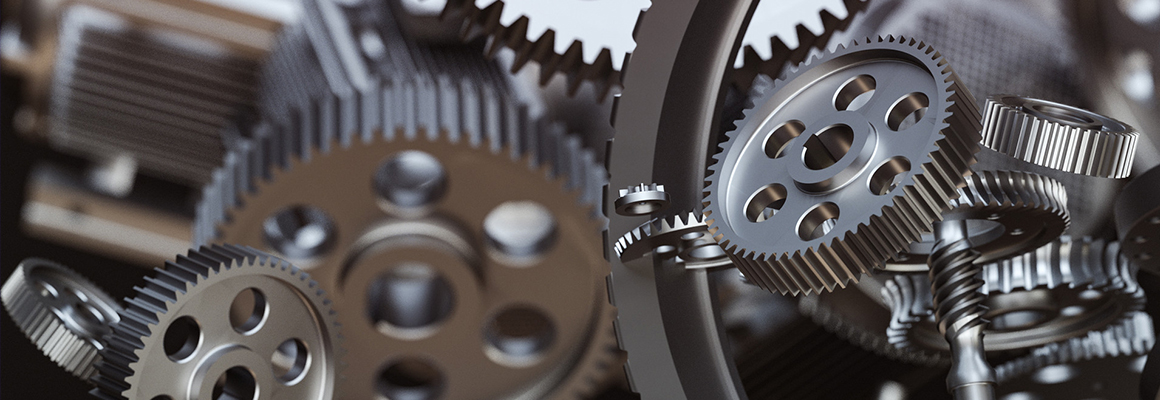How Does Adhesive Tape Production Technology Work?
For anyone who regularly uses adhesive tape, whether in packaging, construction, or crafting, understanding the production technology behind this ubiquitous product can significantly enhance its usability and effectiveness. Many customers encounter issues like poor adhesion, easy tearing, or tape not sticking to certain surfaces, leading to frustration. To address these challenges, it is useful to have insight into how high-quality adhesive tape is produced and what factors influence its performance.
If you want to learn more, please visit our website Adhesive Tape Production Technology.
Understanding Adhesive Tape Components
Adhesive tapes are composed of three primary components: the backing, the adhesive, and the release liner. The backing is the support material that gives the tape its structural integrity and can be made from materials such as plastic, paper, or cloth. The adhesive is the sticky substance that bonds the tape to surfaces, while the release liner serves to protect the adhesive until the tape is ready to use. Knowledge of these components helps customers select the right type of tape for their specific needs.
Types of Adhesive Used
Various adhesives are used in production, each tailored for specific purposes. For instance, rubber-based adhesives provide excellent initial tack and are ideal for general-purpose use, whereas acrylic adhesives are great for outdoor applications due to their resistance to temperature and UV exposure. Customers often face problems using the wrong type of adhesive, leading to ineffectiveness in certain environments. Understanding the adhesive properties can help consumers choose a tape that performs best under their conditions.
The Manufacturing Process
The production of adhesive tape involves several intricate steps to ensure high quality and performance. The first stage is the formulation of adhesives, where raw materials are mixed based on the desired properties. Once the adhesive is prepared, it's coated onto the backing material. This process can be done via various techniques such as roller coating or slot die coating, and it is crucial to achieve a uniform layer for optimal adhesion.
Related articles:Key Considerations for Purchasing Tape Converting Machinery
Curing and Drying
metric hydraulic fitting types
Belt Conveyors for Sand: The Ultimate Guide to Efficient Transport
After coating, the tape undergoes curing and drying processes. Curing may involve using heat, UV light, or other mechanisms to create a strong bond between the adhesive and backing. Drying removes excess solvents, ensuring that the tape remains tacky without being overly sticky. Customers should be aware that improperly cured tape can lead to issues like ooze or poor performance, often resulting in wasted materials and time.
Quality Control in Production
Quality control is an essential step in adhesive tape production. Manufacturers conduct various tests to assess adhesive strength, peel adhesion, and shear resistance. These tests help identify any defects and ensure that the product meets industry standards. Clients often overlook the importance of quality control, but selecting products from reputable manufacturers can mitigate problems related to tape failure.
Customization Options
One of the significant advantages of modern adhesive tape manufacturing is the ability to customize products to meet specific needs. Customers can request different levels of adhesion, thickness, or backing material to better suit their applications. This customer-oriented approach can resolve many common problems faced when standard tapes do not fit the intended use, such as bonding to textured surfaces or requiring a cleaner removal process.
Conclusion: Choosing the Right Tape
Understanding the intricacies of adhesive tape production technology empowers customers to make informed decisions, enhancing their user experience. By selecting the correct type of tape and being aware of its components, end-users can significantly reduce the likelihood of encountering common issues that detract from the tape’s intended effectiveness. With ongoing advances in production technology, there is a greater range of options available than ever before, allowing customers to find the perfect solution for their adhesive needs.
For more information, please visit Tape Converting Process Analysis.


